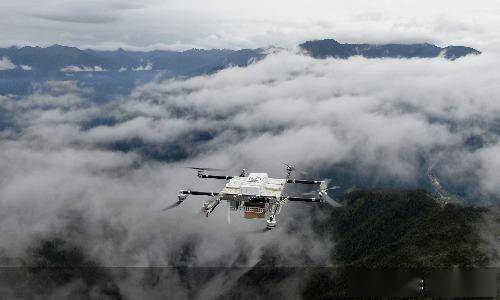At the “2021 China Cloud Network Intelligence Conference” held today, Wei Leping, Executive Deputy Director of the Science and Technology Committee of the Ministry of Industry and Information Technology, Director of the Science and Technology Committee of China Telecom Group, and Chairman of the SDN/NFV/AI Standards and Industry Promotion Committee, said: Zhang Pi”.
It is understood that the meaning of “two skins” generally refers to the separation of two things that originally have a necessary or dependent relationship with each other, and they exist separately. It is often used to compare things that are originally closely related but are separated from each other and are not related. situation.
However, Wei Leping said that the “two skins” of the current status of the cloud and network are mainly reflected in the following four aspects: First, the low efficiency of cloud network service provision, the lack of unified and flexible capability provision and scheduling of cloud network resources, and the slow opening and adjustment of cloud network products and services ; The second is the high development cost of cloud and network services, the independent construction of the cloud and the network, the information is not open to each other, the mutual calling interface is not standard, and it is difficult to form an overall view of the cloud; Management, relying on work orders, poor coordination, low level of data sharing, and difficult end-to-end management; fourth, cloud network security is a big challenge, cloud and network each have many systems, large scale, complex technology, and end-to-end cloud network security assurance The challenge is big.
Wei Leping believes that cloud-network integration will be divided into three stages of development: the first stage is the collaboration phase (2021-2022), the cloud-network infrastructure layer is “connected”, business automation is opened and loaded, and one-stop cloud-network ordering ; The second stage is the integration stage (2023-2027), the logical architecture and common components are converged, resources and capabilities have a “physical response”, cloud network capabilities are issued and dispatched uniformly; the third stage is the integrated stage (2028-2030 Years), breaking the technical boundaries of cloud and network, the physical and logical layers produce “chemical reactions”, cloud network resources and services have become standard parts of the digital platform. Among them, each stage has four dimensions of measurement (resources and data, operation management, business services, capability opening).
“The development principle of cloud-network integration is: the network is the foundation, the cloud is the core, the network moves with the cloud, and the cloud-network is integrated.” Wei Leping said: Cloud-network integration will eventually move towards cloud-network edge-end integration. The goal of cloud-network integration is to fully realize the cloudification of the network, cloud-network integrated operation and maintenance, and process integration. The difference and isolation of the three major resources of computing, storage and network are no longer visible; the ultimate goal of cloud-network integration must be reflected in the user experience To this end, the end-to-end cloud network edge-related resources must be manageable, visible and controllable; the three major resources of bandwidth, storage and computing should also be intelligently, efficiently and reasonably allocated and deployed on the cloud network edge. , To achieve the best end-to-end resource configuration, not just the best configuration between cloud and network. Of course, this evolutionary path is long and may last for more than ten years, but it is also an inevitable development trend.
At the same time, cloud-network integration also requires an open environment. Wei Leping said that the use of open source technology is an important measure to achieve an open environment; to break through manufacturer-specific hardware restrictions, promote competition, and reduce costs; provide a standardized basis for differentiated manufacturer solutions; the huge potential advantages of open source technology include the open source environment Under the circumstances, it is possible to use lightweight containerized open source software. The most popular one is Kubernetes, which can run multiple applications on a single server. Because Kubernetes is decoupled from the underlying infrastructure, it may span DC, core networks, and networks. It is easier to generate and deploy services on the edge, and Kubernetes is conducive to enabling and catalyzing the realization of cloud-native architecture. The goal is to gradually form a multi-vendor open cloud network environment based on open source. C114 Communication Network Li Ming




























































You must log in to post a comment.